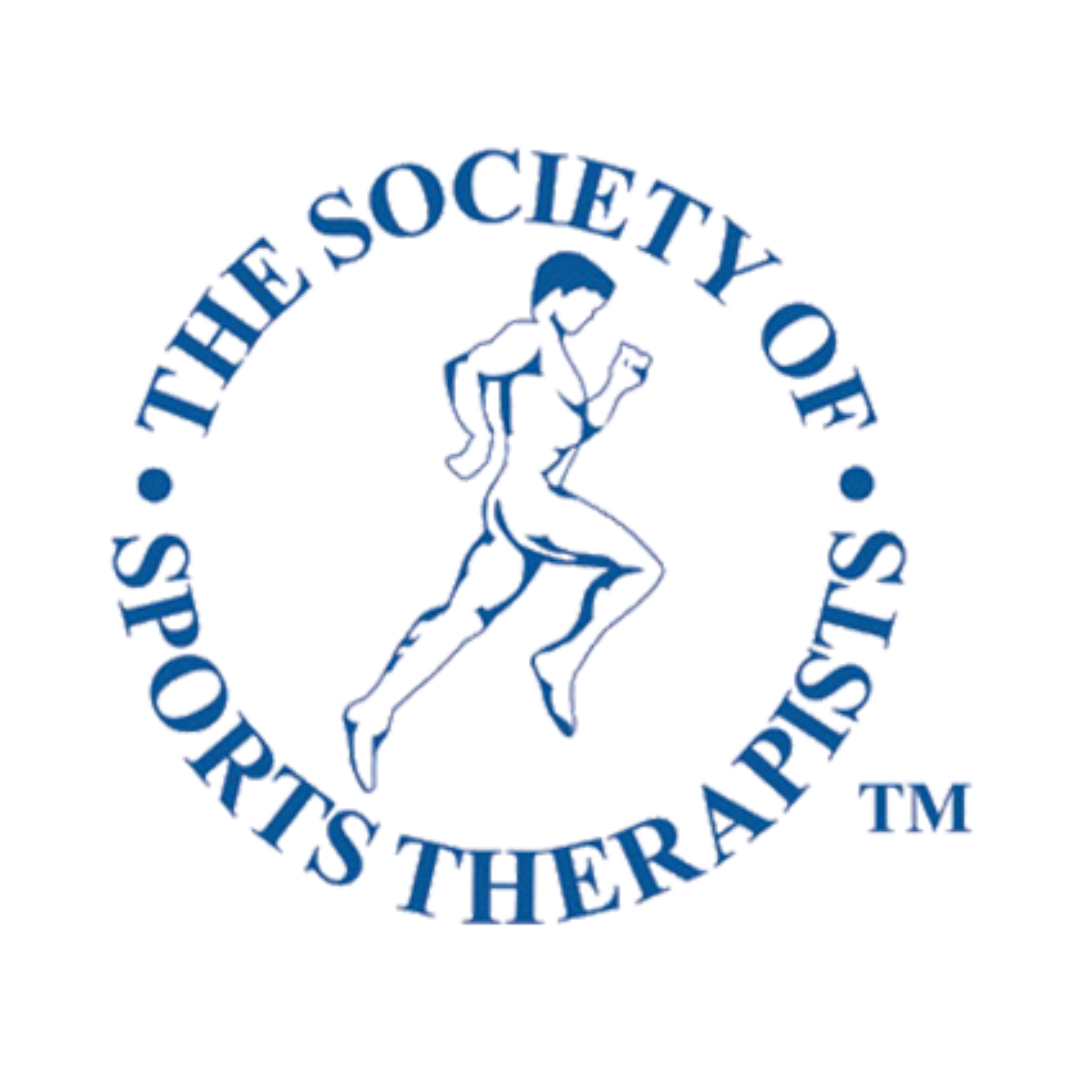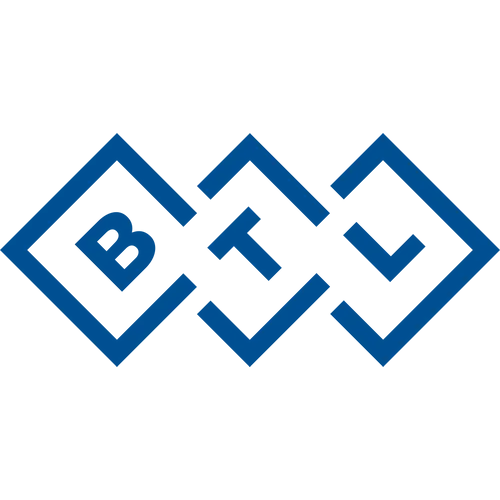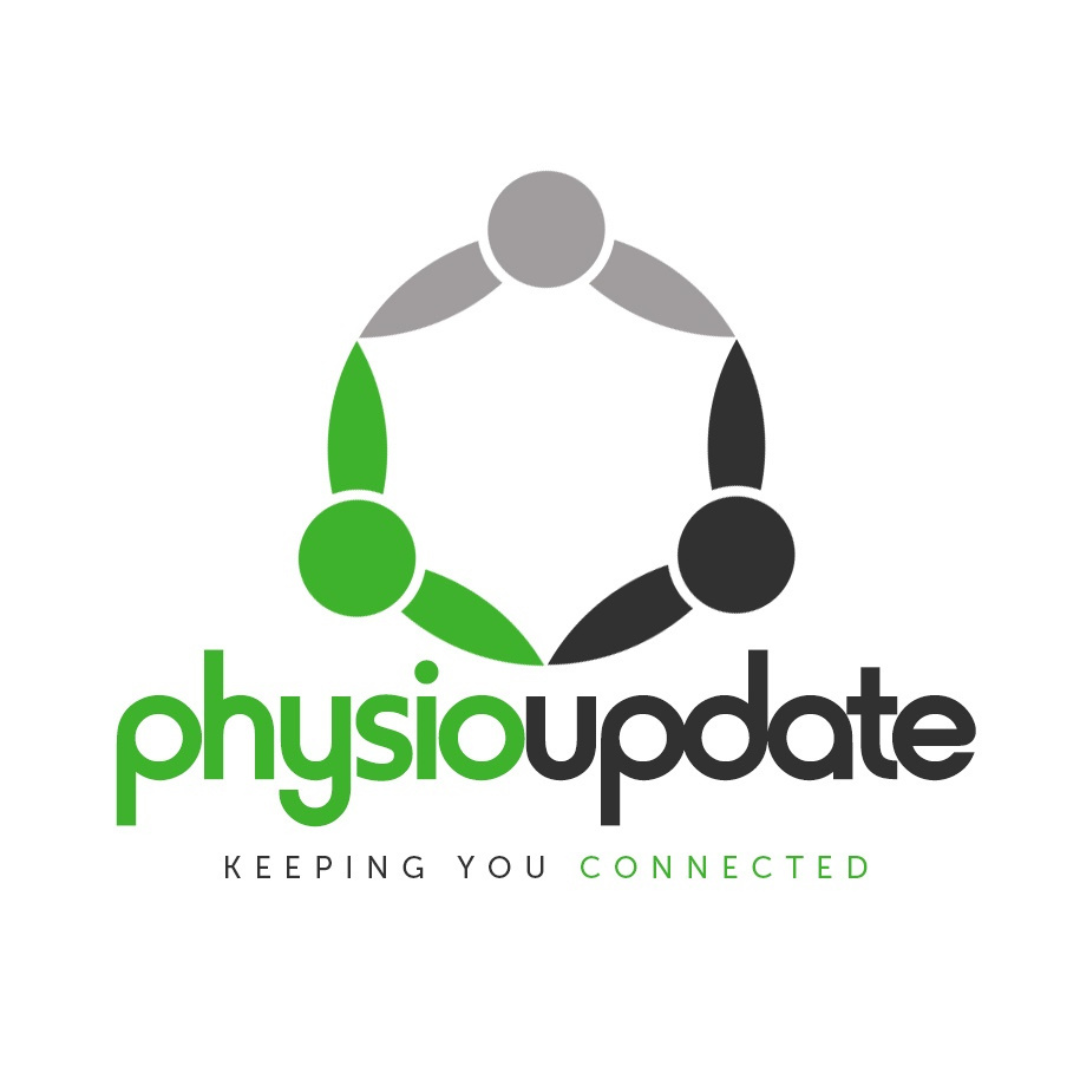Concussion Corner - Can You Actually Treat a Concussion?

Dear Colleague,
If you’re like most physiotherapists trained before 2015, you were probably taught that concussion management meant one thing: rest.
Dark rooms. Minimal stimulation. Wait it out.
For years, concussion has been treated as a transient event—untouchable, unmeasurable, and best left alone. Even now, it is often described in vague terms like “a bruise to the brain” or “a minor knock.” And since imaging rarely shows anything remarkable, it has been quietly handed over to time and chance.
But the research has changed. And so must we.
Concussion is not an untreatable condition.
It is a treatable, multisystem injury, and physiotherapists are central to recovery. That is, if we move beyond outdated advice and apply the current evidence.
The Evidence for Active Rehabilitation
A growing body of research has shown that early, targeted intervention after concussion leads to better outcomes. Physiotherapists play a crucial role in delivering that care.
A 2020 study by Kontos and colleagues, published in JAMA Neurology, looked at over 500 adolescent athletes with sport-related concussion. Those who were seen by a trained concussion specialist within the first week of injury recovered nearly 20 days faster than those who were seen later. The reason? Early assessment by a knowledgeable clinician meant patients were more likely to be referred for active rehabilitation, including physiotherapy for visual, vestibular, cervical and exertional tolerance issues. Those seen later recovered more slowly because they didn’t receive this important early physiotherapy (1).
One of the clearest demonstrations of physiotherapy’s role in concussion treatment comes from a 2014 BMJ randomised controlled trial led by Schneider et al. The study compared standard care (rest and graduated return to play protocol) with a targeted cervicovestibular rehabilitation
programme, delivered by physiotherapists. Athletes receiving the active rehab were significantly more likely to be medically cleared within 8 weeks than those receiving standard care (73% vs. 7%) (2). This study is a cornerstone in the shift toward active, system-specific rehabilitation for persistent symptoms.
In addition to cervicovestibular rehabilitation, there is also the tremendous benefits of subsymptom threshold exercise. A 2019 randomised controlled trial by John Leddy and colleagues compared early sub-symptom threshold aerobic exercise with a placebo stretching programme in adolescents within one week of sport-related concussion. The exercise group recovered significantly faster and had an almost 50% reduction in the risk of suffering persistent concussion symptoms. Notably, this intervention involves graded treadmill-based exertional testing, not performed by general physicians, but by trained physiotherapists with the appropriate equipment and expertise (3).
The message is clear. Patients do better when they are treated early and actively by targeted physiotherapy including manual therapy, rehabilitation, and exercise protocols.
What Are We Actually Treating?
Although concussion is a mild traumatic brain injury, ongoing symptoms are rarely caused by structural damage. Instead, they are usually the result of dysfunction in one or more systems:
· Impaired autonomic regulation – which is essential for proper control of cerebral blood flow
· Vestibular and oculomotor disturbances
· Cervicogenic dysfunction
· Visual and sensory integration problems
· Exertion intolerance and physical deconditioning
Each of these areas falls well within the physiotherapist’s skillset, provided we have the right tools and training to apply it properly to the concussed population.
So Why Aren’t More of Us Treating It?
Historically, we were told there was little we could do. That mindset has stuck.
Today, we know better. But many clinicians still lack the confidence or the up-to-date training needed to assess and manage concussion effectively. The result is a growing care gap, and patients left in the dark.
Why This Matters for You and Your Patients
Concussion is not limited to sport. It affects schoolchildren, workers, veterans, and older adults who fall.
Unmanaged, concussion can lead to persistent symptoms, loss of function, and even increased injury risk. In fact, the evidence shows that roughly 30-40% of concussion patients end up with persistent symptoms which can last months to years, however with properly applied early rehabilitation we see this percentage drop almost 10-fold. Examining data from Complete Concussions, a global concussion care network with over 450 physiotherapy and rehab clinics across 15 different countries, shows that less than 5% of patients develop persistent symptoms when early rehabilitation is applied.
This is a preventable outcome. And it highlights why physiotherapists have a crucial role to play in both recovery and risk reduction.
Not only that, but for the millions of patients who are already struggling with persistent symptoms, you have the skill sets to completely change someone’s life, provided you learn how to apply it properly towards concussion. Here is a perfect case example of one of my patients who struggled for 6 years with persistent concussion symptoms that we were able to fix in only 1 month (Nazeeg’s Case).
Training Opportunity for Physiotherapists
To support physiotherapists in bridging the concussion care gap, Therapy Expo has partnered with Complete Concussions to offer a 25% discount on the Concussion Training Course for Physiotherapists.
If you’re looking to gain confidence in managing concussion cases, the course can be accessed at a discounted rate using the following link: https://ccmi.typeform.com/to/llKIEK9l or scanning the QR code
About the Course:
· 100% online and self-paced
· 11 modules, over 28 hours of structured content
· Covers assessment and treatment of both acute and persistent concussion symptoms
· Includes practical strategies for vestibular, cervical, visual, exertional and autonomic presentations
· Provides full certification and optional access to the global Complete Concussions network
You will also receive 90 days of free access to the Complete Concussions Academy, which includes:
· Monthly research updates and webinars
· Downloadable clinical tools and templates
· Reviews of key research papers
· Ongoing CPD content for concussion-focused clinicians
Whether you’re looking to develop a new area of expertise or want to improve support for patients you already see, this course has been designed to provide immediate, practical clinical value. To find out more or to enrol, click here.
Warm regards,
Cameron Marshall, DC, FRCCSS(C) President, Complete Concussions @Concussion_Doc
References
1. Kontos AP, et al. Association of Time Since Injury to the First Clinic Visit With Recovery Following Concussion. JAMA Neurol. 2020;77(4):435–440.
2. Schneider KJ, et al. Cervicovestibular rehabilitation in sport-related concussion: a randomised controlled trial. BMJ Open Sport Exerc Med. 2014;48(17):1294–1298.
3. Leddy JJ, et al. Early Subthreshold Aerobic Exercise for Sport-Related Concussion: A Randomised Clinical Trial. Lancet Child Adolesc Health. 2019;3(12):873–881.


.png)
.png)

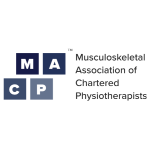



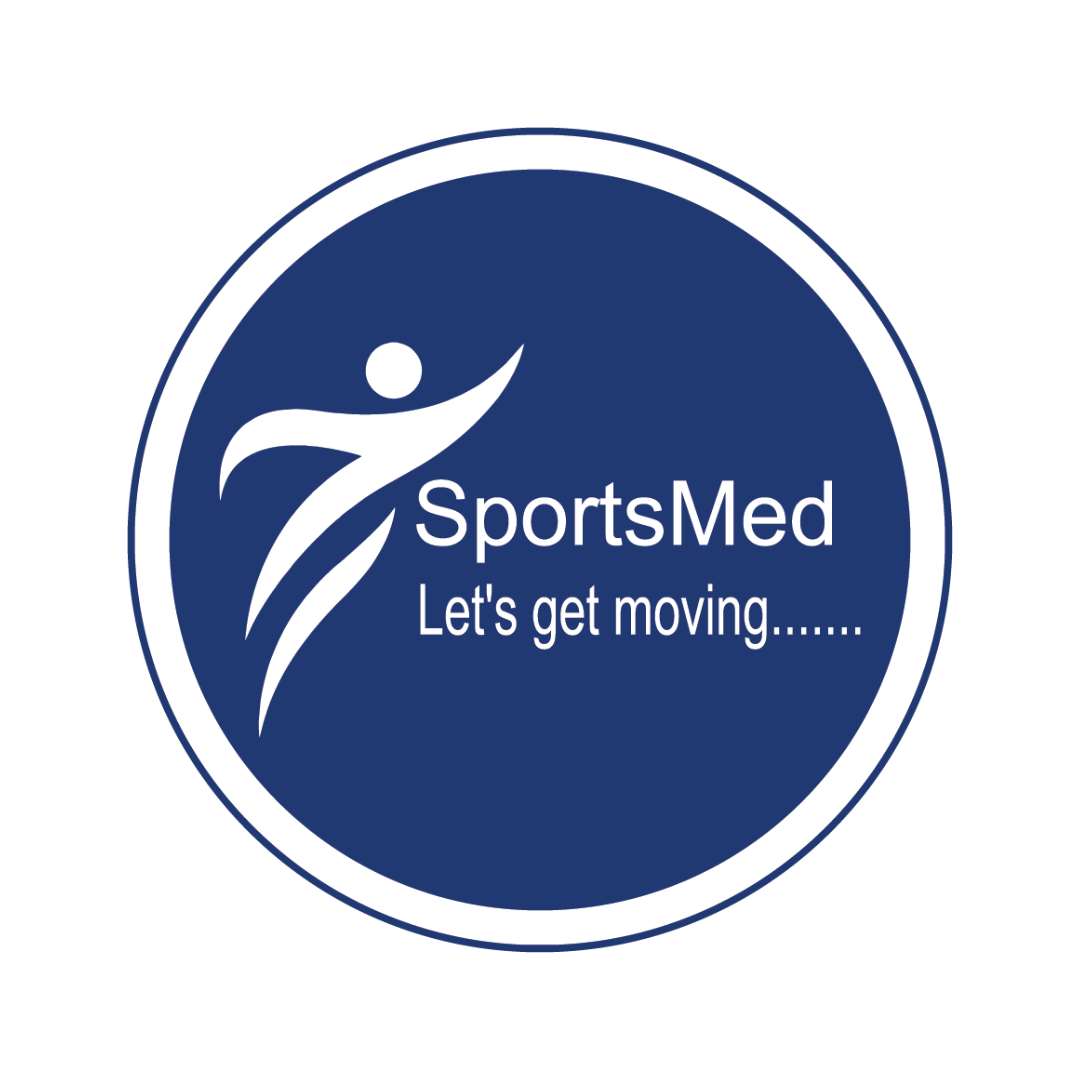

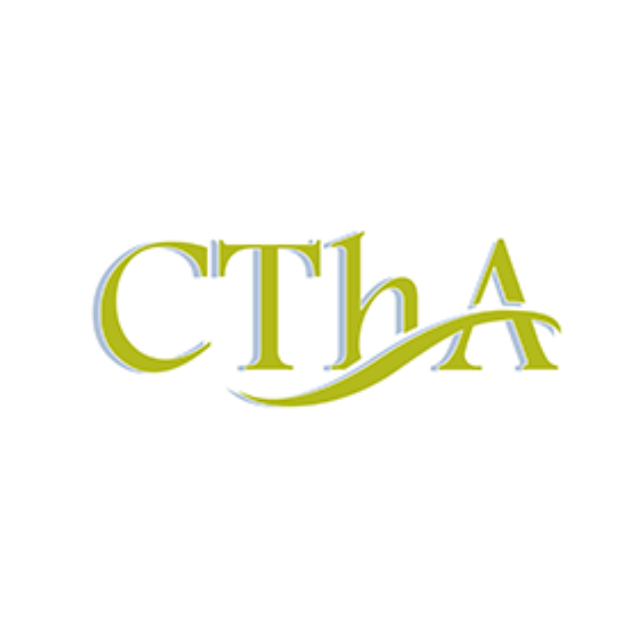
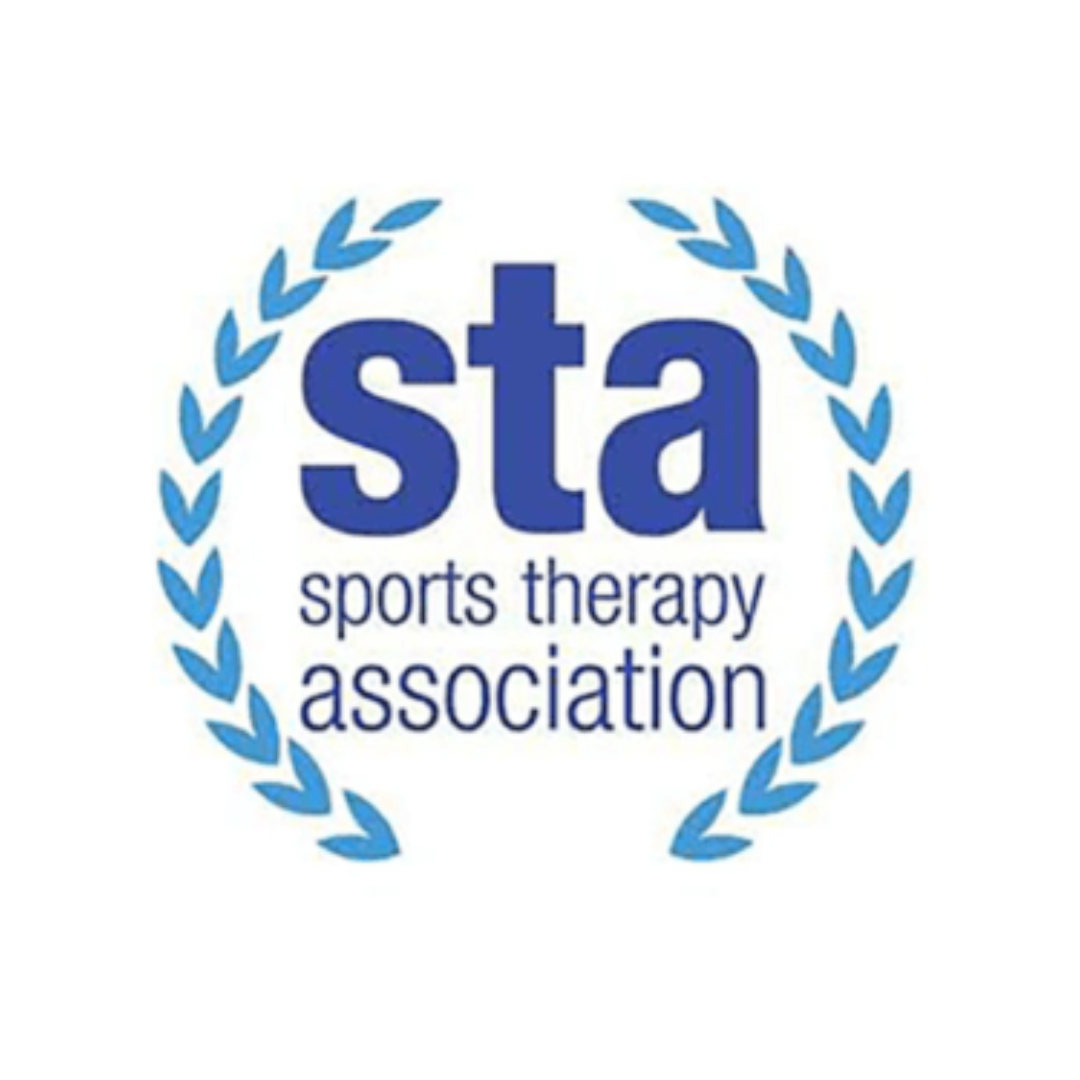
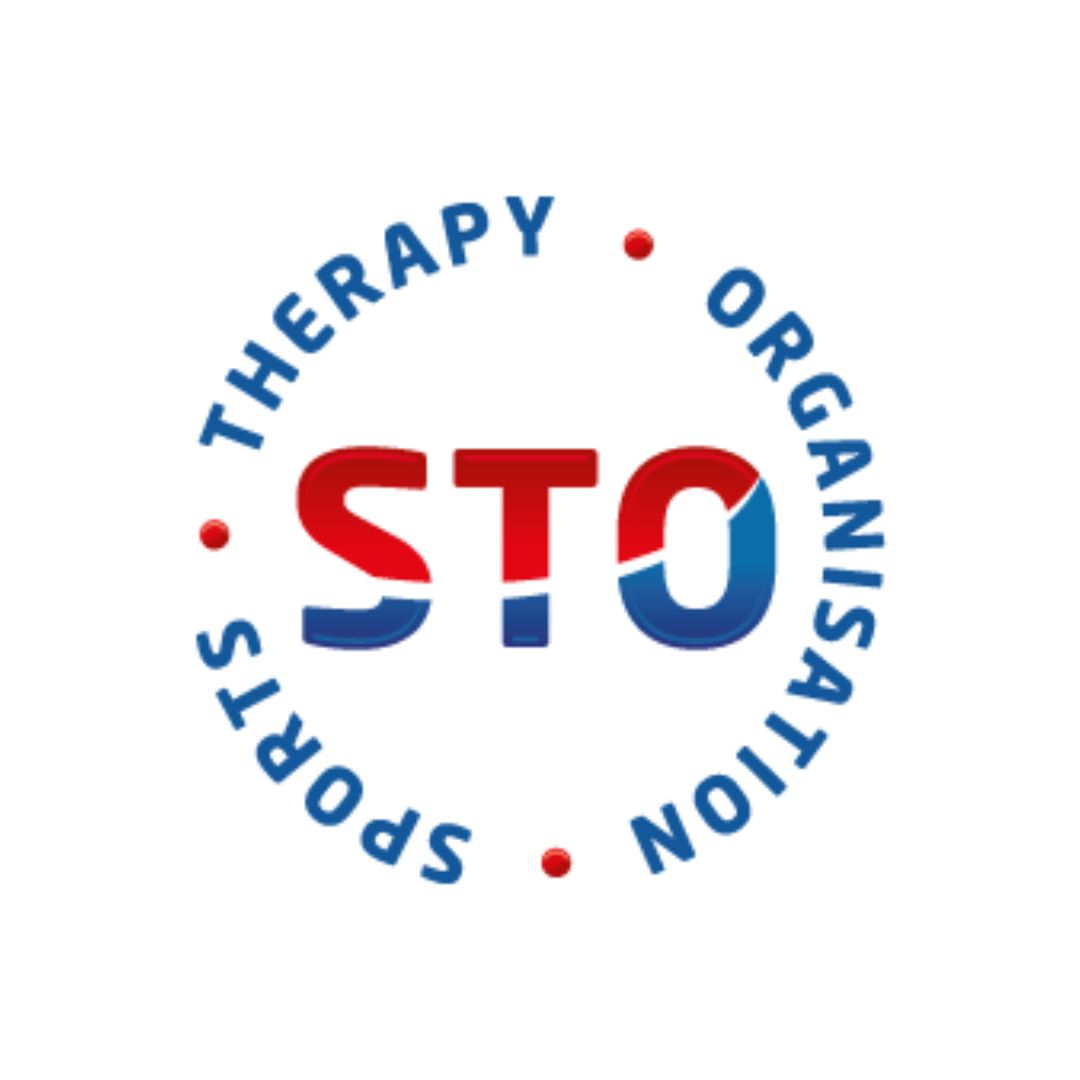
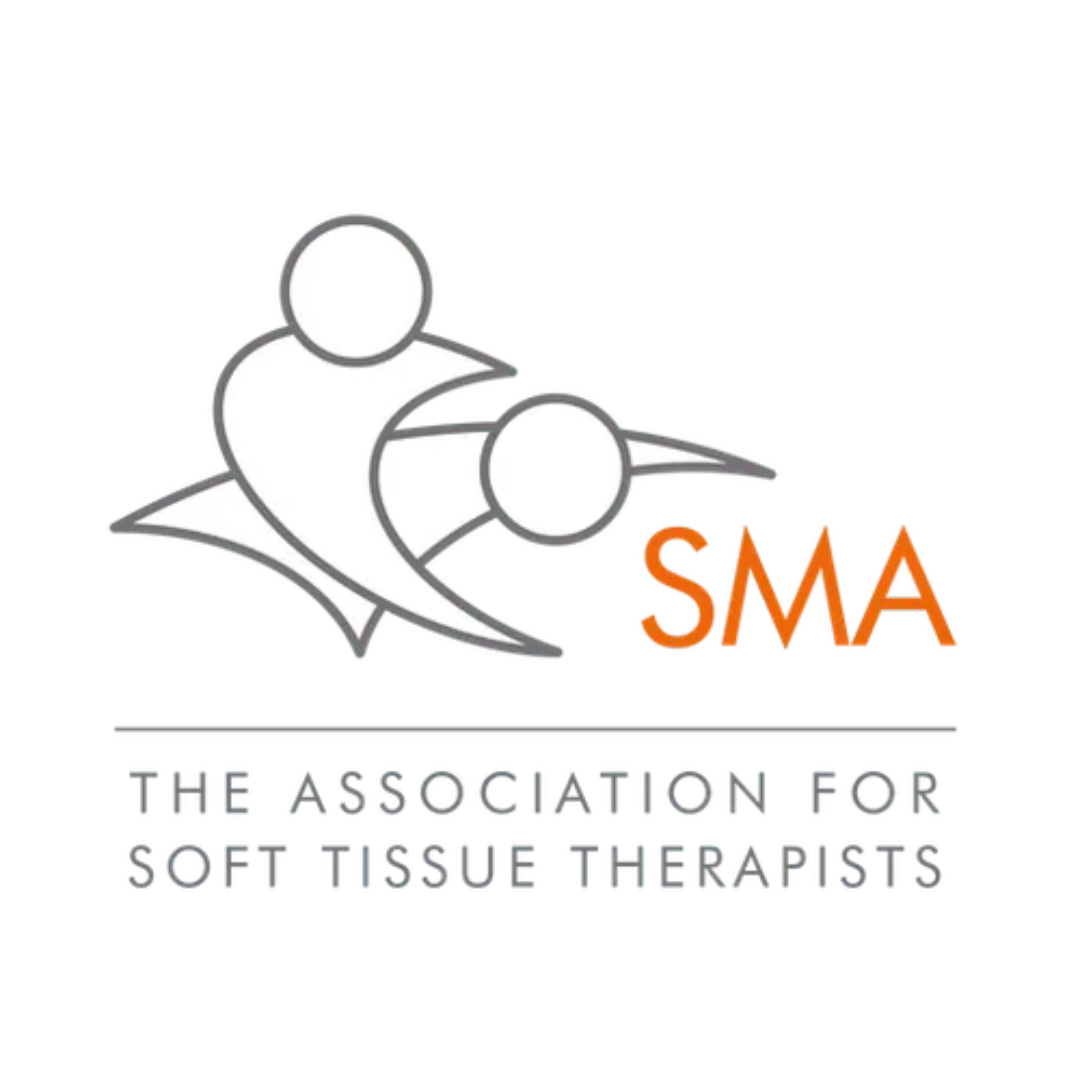
.png)
